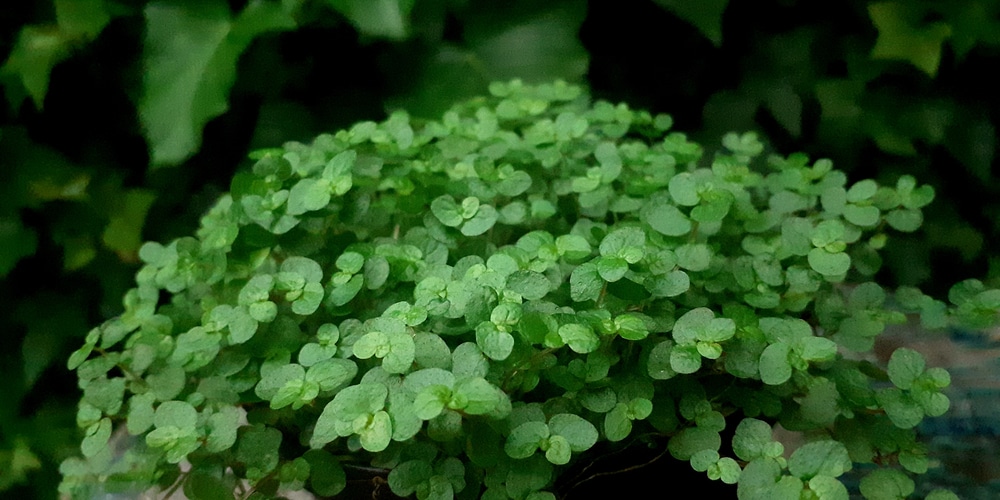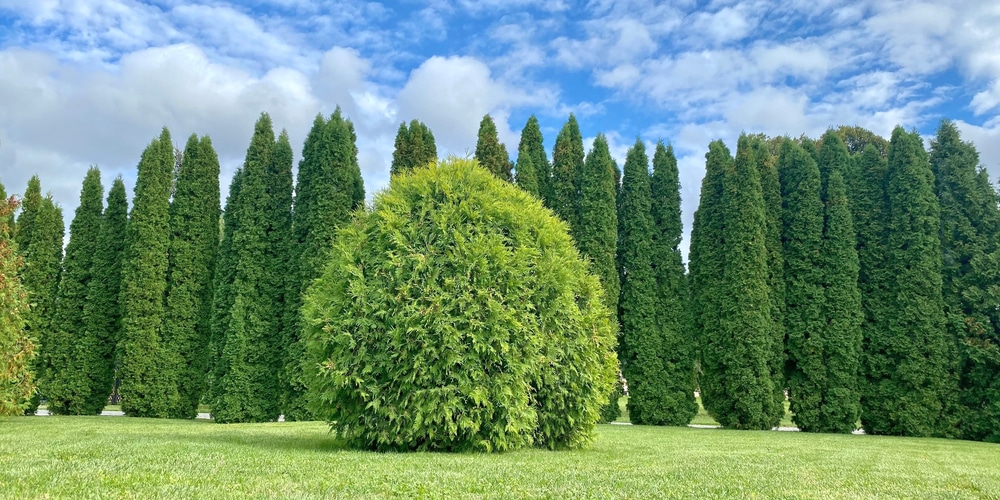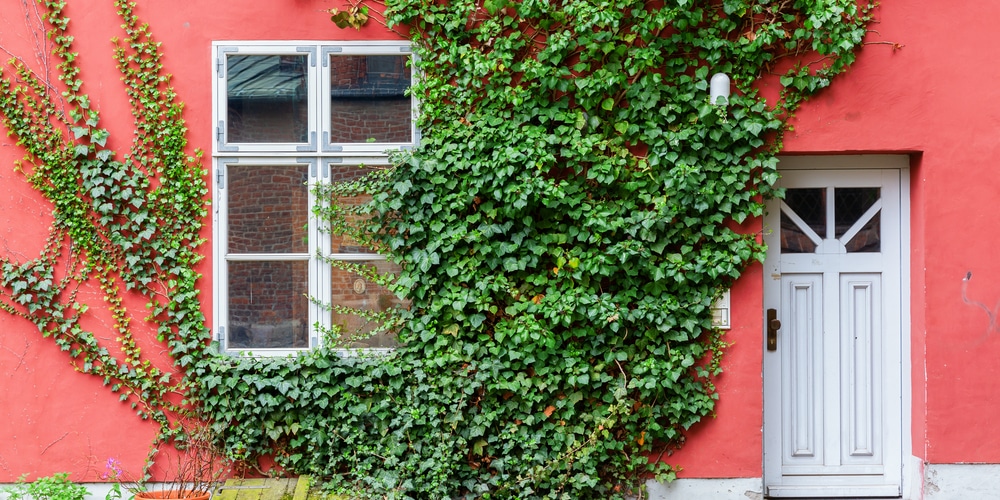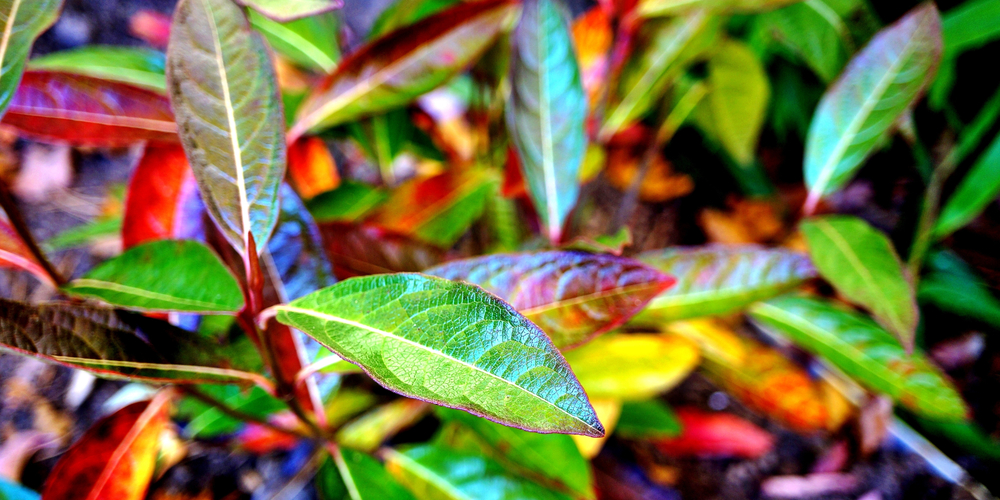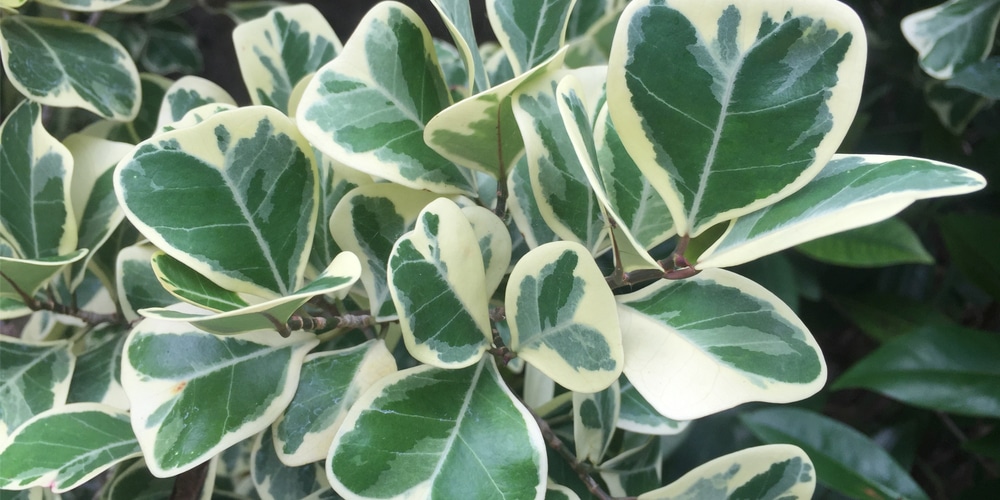At the end of a long day, some peace and quiet can do wonders for the body and soul. You can reinforce this tranquil environment with the help of several trees, shrubs, and plants that act as noise barriers. As an added bonus, you bring some much-needed green and organic beauty to your space. Let’s look at plants to reduce noise.
Plants to Reduce Noise
Try these 8 plants to reduce noise both inside and outside your home.
Baby’s Tears
A low-growing, perennial specimen, Soleirolia soleirolii works especially well as a ground cover and for forming a green noise barrier where you need them. Tiny green leaves create a uniform, matted appearance and are quite easy to grow.
The creeping plant isn’t too fussy about light as long as it’s bright and indirect, and Baby’s Tears are not toxic to pets or small children. You can care for it as a houseplant, or put them in hanging baskets or outside to fill up space.
Arborvitae
Arborvitae comes in several varieties, which means you can pick the type that’s acclimated to grow in your zone. Furthermore, you can pick a dwarf Thuja if you’re limited to several trees to plant in your yard or garden.
The evergreen, coniferous tree is often used in landscaping and for creating privacy hedges. Aside from that, they make excellent organic sound barriers and don’t require too much from you. Just plant in a sunny area and provide watering in periods of drought.
Holly Shrub
A holly shrub or holly bush is an attractive and densely-forming plant that absorbs noise pretty well. The good news is that you can place them practically anywhere in the yard and the plant will still produce enough foliage and flowers for a pop of color in colder seasons.
Ivy
A creeping and vigorous grower, ivy can be quite useful if you want to create a noise barrier on the ground, wall, or fence. Hedera is evergreen and can grow up to 8 inches, but they’re at their best going up structures.
You’ll love how the flowers attract beneficial wildlife such as butterflies and bees to your home. A thick nice cover should be enough to mute or muffle traffic or neighbor noise, but you should trim and prune regularly to keep the plant in control.
Viburnum
Viburnums are great for those who want a good sound barrier that produces lots of colorful blooms. If you have a space that gets full or partial sunlight and want year-long interest, then you should definitely give the plant a try.
The landscape shrub can grow in USDA zones 2 through 9, with flowers coming in pink and white hues in spring. It’s native to North America, which means you wouldn’t have too much trouble growing your viburnum shrub and keeping it alive.
Bamboo
Bamboo is a popular choice for screens and blocking outside noise. It’s relatively fast-growing and thick enough that you’ll need less to set up a hedge. You should know that some bamboo plants are invasive and can fill up space in a short amount of time.
Aside from the excellent noise reduction properties it has, bamboo is easy to care for and can withstand periods of drought. All you need is a place that gets bright light and a well-drained medium.
Weeping Fig
The Ficus tree is a broadleaf evergreen that thrives in a warm environment. They’re mostly kept as indoor plants to beautify rooms and space, but you can set them out on patios and covered decks as well.
The Weeping Fig should be planted in fertile, well-draining soil and put in a spot that gets bright indirect light. It has a compact and behaved growing habit and needs only to be pruned to keep a neat look.
Peace Lily
If you want something that can block noises inside the house, look no further than the Peace Lily. The evergreen plant is mostly grown as a houseplant for a no-fuss and striking decorative specimen.
The Peace Lily plant tolerates poor lighting and infrequent watering. It’s hardy and won’t die if left neglected for days at a time. If happy, you’ll see white flowers appearing on stalks and providing a nice contrast to the emerald green foliage. Water only when the leaves start to droop and fall to the ground.
